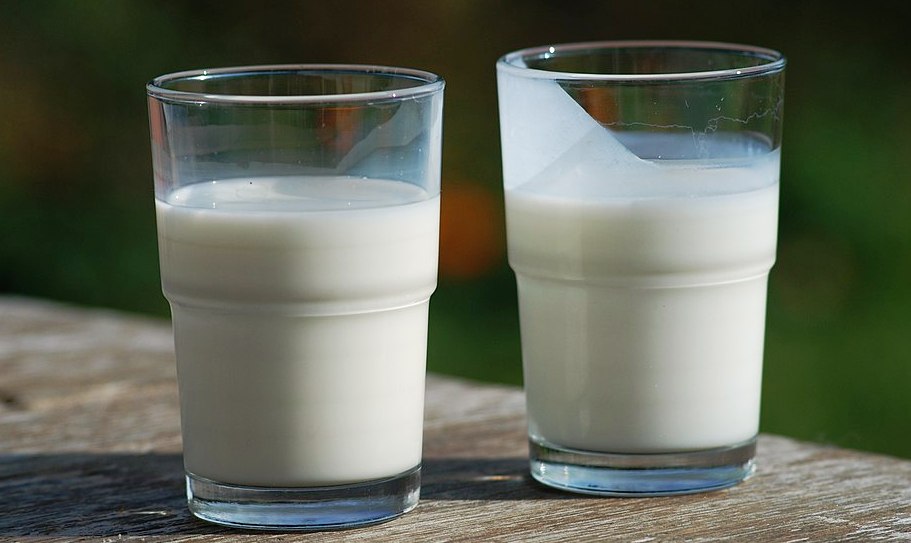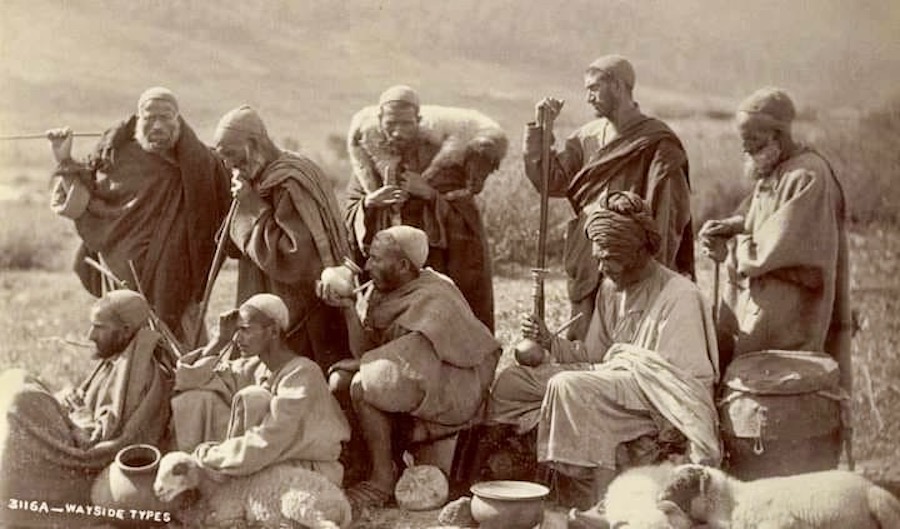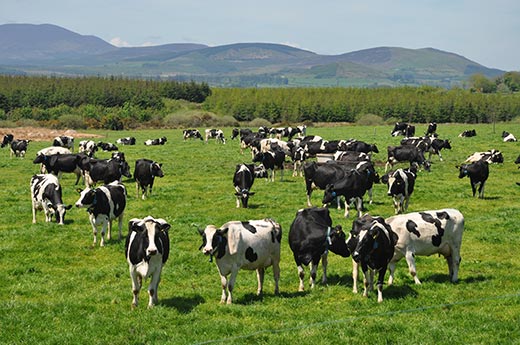[ad_1]
A by-product in traditional butter making, buttermilk has been the most consumed drink in Kashmir for centuries. With machines taking over the skimming and the marketing chains renamed and rebranding the product, Gurus (Lassi) may not be as abundant as it once was, writes MJ Aslam

Long before the making of Gurus (buttermilk) and Th’ain (butter) was found in created cultured cream or milk, there were traditional methods of preparing the same from unrefrigerated fermented milk. All societies in the East and West have used the traditional ways of making these delicacies for centuries.
Gurus was so vital to the Kashmir food that a lot of saying mentioned the buttermilk. One such saying suggests that Gurus (also called Lassi) should be given to a friend in autumn, while to an enemy in spring. The folklore believes that autumn Gurus is healthy unlike that of spring. Its nutritious value is linked to the quality of grass grazed by cows and goats in spring and autumn.
However, the fact is the Gurus was prepared in hot summers too when the milk, in absence of modern refrigerators, fermented automatically in earthen and copper pots. It was called Ban e Doud.
Then, Kashmir was rich in milk and milk products. The cowherds possessed a large stock of cows and goats. The Gujars in higher altitudes possessed buffalo too. They prepared Gurus. In the city, guoir families associated with dairy items of milk, curd, cheese and butter, too prepared Gurus for sale to the common people. Some village families who skimmed milk and made Gurus at their homes would often come to sell Gurus in the city.
The Process
Traditionally, Gurus means the milk that was left over after churning butter from unrefrigerated sour and fermented milk. Once the milk is ready for the process, it would take 30 minutes to 60 minutes till butter was churned from the milk in a big vessel like tchod.
Ordinarily, Gurus is buttermilk. Gurus is sour in taste. It is still popular and sold with added spices, mint, salt and sugar across most of the subcontinent as a refreshing fermented dairy drink. Its equivalent in the households of the Indian subcontinent is Chaash, which is prepared by beating curd with a churner or leftover of butter (Gurus) and taken with spices, a pinch of salt and mint. In Arabian countries, buttermilk with added ingredients of spices and salt is a favourite drink during the Muslim month of fasting, the Ramzan at Iftiari and Sehri times.
However, like many age-old valued traditions, the churning of butter from milk has disappeared from Kashmiri. Well, Gurus Mandun was an age-old tradition among Kashmiris and it was an elaborate process. The tools that were used for the process included an earthen vessel like tchod in which milk was poured. The milk was churned to Gurus and Th’ain in the vessel. It is a long wooden churner, De’on that is fundamental to the process. Gurus e De’on is a fine paddle chiselled out of a wooden log that has blunt wooden blades or wicker rings attached at one end – the one that stays in the milk vessel. Its other end is tied to a wall or a thum, a pillar in the kitchen, and in between is the Lam e Raz or Mandan Raz, a pull-push rope that the Gurus maker pulls for making the blade move. The grass or jute rope has attached two handles tied of wood or Pach-i-Adiji (bones of sheep or goat legs) for the right and left hand that is either made of grass or jute.
The vessel was fastened to thum with another rope for preventing it from slipping away during the process. De’on was held tightly with grip of hands by the churner, the Gurus-Gour. With back-and-forth movements of the Lam e Raz butter was churned from the milk with buttermilk left in the vessel. Churning was done at a steady and measured pace by the Gurus-Gour holding two ends of the Lam e Raz in his hands till layers of butter appeared, gathered and thickened at the surface.
The finest quality of milk gave a yellowish tinge to the butter with the pungent taste of the buttermilk. Then, the churner would remove the paddle and scoop out all butter leaving behind Gurus in the vessel. The handmade butter, Th’ain, was what Kashmiris knew in the past.
A Routine
Unlike Srinagar where the Gurus was skimmed by the professional Gurus-Gour families, in the periphery, almost every household had the equipment and enough milk to make Gurus. Apart from spinning wheel, almost every woman in Kashmir periphery would pick the art from the elders.
A traditional drink, Gurus is seen as a traditional coolant. Families making Gurus used to gift part of it to the neighbours. Till recently, even Kashmiri Hakims would advise Gurus intake to the patients. In certain cases, it was customary to dip some silver ornament in the Gurus before drinking it. The tradition goes that Gurus being sour in taste is helping digestion.
With Gurus consumed, the focus would remain on homemade butter. It was gathered in a separate bowl and compounded into soft Th’ain balls (manun) with a spoon. Th’ain was sold in the market in weighed quantities to the buyers. Besides local mustard oil, the Kashmiri womenfolk in the past used the traditional Th’ain for anointing their hair to strengthen and shine the hair strands. Folklore suggests using butter to keep the women’s head cool.
The Gurus may be out of fashion but its making has not ceased in Kashmir. Herders who take their sheep and cows to upland meadows are unable to take the milk down. They convert it into butter as they consume Gurus while grazing their herds.
[ad_2]
#Gurus #Kashmir #Drink
( With inputs from : kashmirlife.net )

